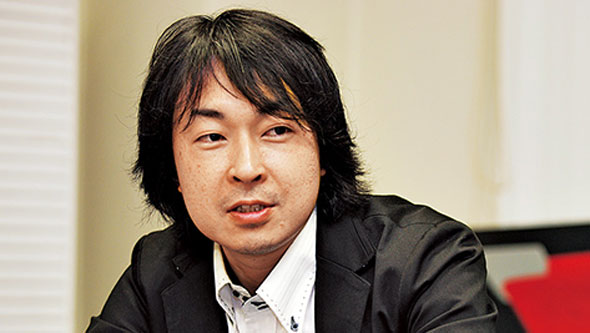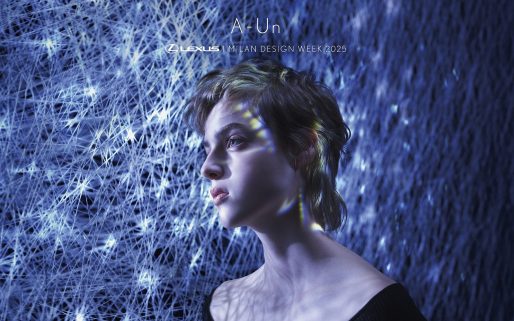Colour plays a big part in defining any car’s character, but it has an especially tough role at Lexus. Not only must it accurately signal intent – an LFA in bright orange is a lot easier to envisage than an LS450h in the same hue – the Lexus colour palette must also meet owner expectations in a kaleidoscopically variable global market. And it has to validate the premium nature of the brand.
It’s a tough ask. You can see why Lexus has a bespoke Colour Design Department dedicated to making sense of the complex visual psychologies that make us choose one car over another based purely on the colour of its bodywork.
The Colour Design Department is run by colourmeister Yoichiro Kitamura. He got the job after responding to a ‘colour designer’ job description that had been sent into his college by Lexus. “My teacher had never heard of that job title,” smiles Kitamura. “To be honest, neither had I. My background was in product and package design. Obviously, I’d learnt about colour at school, but it didn’t take me long to realise that the science of car colour was quite different.
“At Lexus we use it to bring out and maximise a car’s character. That takes us right into the psychology of colour, and how we can use depth and clarity to accentuate the shape and size of a car.
“The role of colour designer has now become very specific and specialised,” he says. “I think it’s good to choose colour designers from wider, non-specific design pools, like graphics and textiles. They bring in different external influences.”
Coming up with a new colour for a Lexus isn’t just a case of holding a few swatches up to the light and taking a quick vote on it. It’s a long collaboration between Japan, the US and Europe, with input coming from customers and sales people as well as from designers and engineers. The whole process can take up to three years, and it starts with Kitamura. It’s not straightforward. “There are always technical difficulties in accurately translating the colours that I have in my mind. You get discrepancies with monitors, inks, and paper stocks. Ultimately we always use natural sunlight to verify colours.”
The first point to consider is the car type – saloon or coupé – and its character – sports or luxury. “We have 30 main choices of Lexus body colours, but the LFA has unlimited options,” says Kitamura. ““Sometimes I think there can be too much choice! Even so, around half of LFA customers chose white.”
Uniting a car’s exterior with its cabin is critical, so Kitamura and his staff work closely with the Material Engineering Dept to find appropriately premium and traditional ‘Japanese’ colours and textures. Using pearl, metal and mineral textures allows the Colour Design Department to create variations of popular choices like black and silver that are beyond the scope of most mass-market vehicles. “We put a lot of effort into enriching and differentiating these colours with unique textures and depths,” says Kitamura. Mr Nishimura from Material Engineering points to a panel in Sonic Silver. “That’s my favourite,” he says. “It was designed to look like pure metal. That presented us with many unique challenges during development – but we engineers like a challenge.”
We ask the ladies in the Colour Design Department to name their own favourite Lexus hues. For Ms Okamoto, it’s the CT200h’s prize-winning combination of Flare Yellow Mica Metallic and black. Ms Konishi doubts that any red can ever match the depth and vividness of Red Mica Crystal Shine. While for Ms Kurokawa, Black Opal Mica was “love at first sight”. Emotional stuff, paint.





